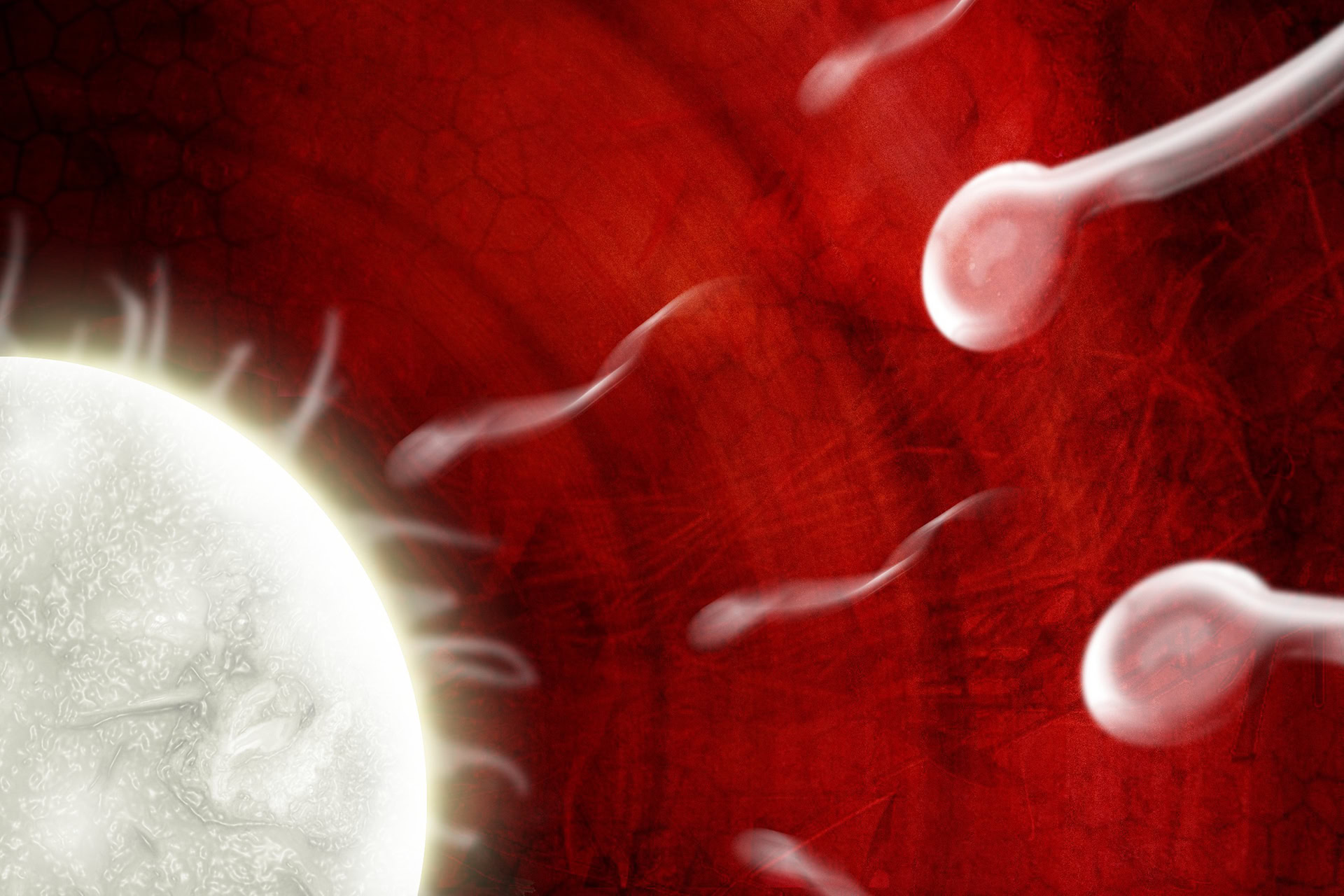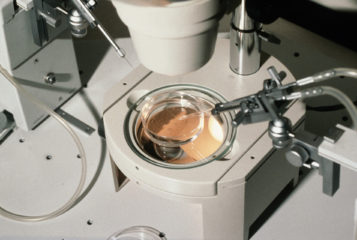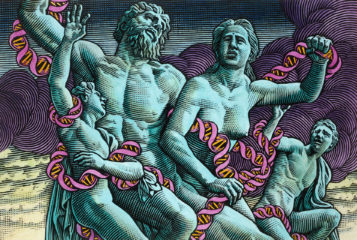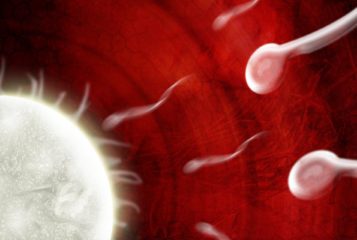The number of children born in the UK from donor sperm has more than tripled in the past 13 years, according to statistics published by the Human Fertilisation and Embryology Authority (HFEA).
Under 900 births occurred following use of donor sperm in 2006, rising to over 2800 in 2019. The report highlighted that this rise in sperm donor conception is driven by single patients and female same-sex couples and also highlighted a lack of ethnic diversity among sperm and egg donors.
'Donating egg or sperm has helped overcome heartache for thousands of people who were not able to conceive a child', said Julia Chain, chair at the HFEA. 'Over time, fertility preservation and treatment techniques have dramatically improved and this, along with changing social attitudes, has led to the birth of over 70,000 donor-conceived children since 1991.
'Younger patients typically use donors for medical reasons such as infertility or to prevent passing down genetic diseases. Meanwhile for older patients, using a donor can increase their chance of having a baby; this is because a woman's fertility declines with age, particularly from their mid-30s. A rise in same-sex couples and single people accessing treatment has also led to more treatment involving donors.'
The HFEA, which acts as the UK fertility sector regulator, analysed the national trends in sperm, egg and embryo donation from data provided by licensed clinics over the last 30 years and included patient feedback from its 2021 National Patient Survey. Overall, they found that egg, sperm and embryo donation accounted for one in 170 of all births in 2019, of which one in six followed IVF.
Although national sperm donor registrations have doubled from around 400 donors per year in the early 90s to around 800 a year in the late 2010s, the proportion of donor sperm imported from abroad has increased from 22 percent to 52 percent in the past decade to meet the increasing demand. Most donors come from the USA (27 percent) and Denmark (21 percent).
'It is striking that so much donor sperm is being imported in the UK from the USA and Denmark, suggesting there is a shortage of UK donors' said Sarah Norcross, director of Progress Educational Trust, which publishes BioNews. 'However, research commissioned by PET, conducted by Ipsos, shows that more than 50 percent of UK men would consider donating sperm to help others have children (see BioNews 1148). Seen in this context, the HFEA's data seems to indicate that UK clinics are failing to capitalise on existing goodwill. Clinics need to find ways to make it simple and straightforward for men who are willing to donate sperm to do so.'
The patient survey also found that 82 percent of patients prefer a donor that matches their own ethnicity. The report revealed discrepancies in the ethnicity of sperm donors noting that just two percent of sperm donors were black between 2016-2020, despite making up four percent of the UK population aged 20 to 39 over the same period. Similarly, just seven percent of sperm donors were Asian, despite making up ten percent of the population.
Sources and References
-
Trends in egg, sperm and embryo donation 2020
-
Record number of babies being born from donated sperm: Rate has TRIPLED in past 15 years amid surge of single mothers and lesbian couples wanting families
-
Number of UK births from sperm donation triples in past 13 years
-
Expert reaction to HFEA report on trends in egg, sperm & embryo donation
-
Number of babies born from donor sperm triples in just over a decade
-
Number of babies born from donor sperm triples in just over a decade
-
Rise of egg and sperm donation ends heartache for thousands, says UK regulator








Leave a Reply
You must be logged in to post a comment.